Drive to Barkot via Mussoorie, enroute visit Kempty Fall (Suggestible to have your lunch at Kempty fall as further no good restaurants are available before Badkot). Later drive straight to Barkot, transfer to your Hotel. Overnight stay at Barkot. Barkot is known for its scenic natural beauty. Located at the confluence of Yamuna and tons rivers. At an elevation of over 4,000 Ft, apple orchards ringed by the Himalayan range. Barkot offers panoramic views of the snowcapped mountains of Bandar Poonch. Barkot is an important stopover en route to Yamunotri and Gangotri, among the four Char Dham Pilgrimages. (Weather - Generally pleasant in summer, the temperature ranges from 25-30 degree Celsius, winter: The Days are pleasantly cool but the nights are cold, temp ranges from 10 deg to 05 deg)
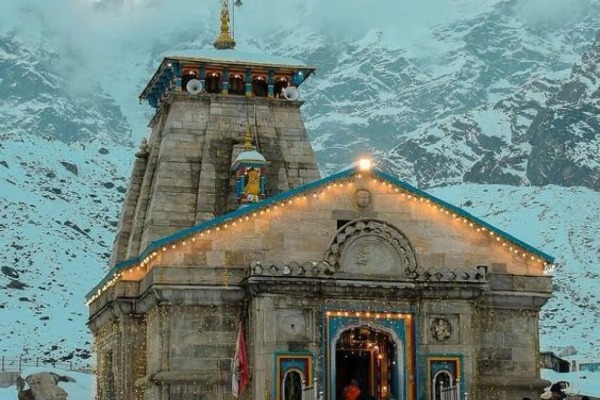
Early morning, Drive to Jankichatti/Phoolchatti, trek start from here to Yamunotri (6kms). Either by walk or by horse or by Doli at own cost. Arr. Yamunotri, One can cook rice by packing it in a cloth and dipping it in the hot water of the hot kund. Pilgrims take this cooked rice home as "Prasad". Here near the temple "Pooja" can be offered to DivyaShila, After taking bath in JamunabaiKund's warn water and having "Darshan" of pious "Yamunaji" returning to Jankichatti. Return back to Barkot, Overnight stay. Yamunotri Temple: Maharani Gularia of Jaipur built the temple in the 19th Century. It was destroyed twice in the present century and rebuilt again. Surya Kund: There are a Number of thermal springs in the vicinity of the temple, which flows into numerous pools. The most important of these is Surya Kund. DivyaShila: A rock pillar, worshipped before entering the Yamunotri Temple Weather - In summer the maximun temp is 18 degrees and the minimum is 10 degrees celsius. The days are pleasantly cool but the nights are cold.

Drive to Uttarkashi. Check in Hotel, Later at evening visit Vishwanath Temple. Night halt. Uttarkashi is situated on the Ganges, lies next to a hill named Varun Parvat, on confluence of two rivers Varuna and Asi, has a ghat called Manikarnika Ghat and has a temple dedicated to Shiva (KashiVishwanath Temple) in the center of the town. Vishwanath temple - Vishwanath temple is one of the oldest Shiva temples in Northern India. Re-constructed in 1857 by Maharani Khaneti Devi of Tehri State in the ancient architectural style. It is situated at the heart of the town. A massive iron trident, symbolic of divine mother's, is erected and worshiped from time immemorial at the temple complex. Ganeshji, SakshiGopal, Markandeya Rishi'ssmall shrines are also part of the temple complex. AkhandJyoti as well asAkhandAbhishek, special aarti at morning and evening are offered. As per Skundar Puran, Uttarkashi is known as 'Saumya Varanasi', the abode of Lord Shiva in Kaliyug and counted as one of the twelve Jyotirlingas. Shakti temple - Right in front of the Vishwanath temple is Shakti temple. It has a big 'Trishul' of about 6 meters in height and a circumference of 90 cms. at bottom. Though there are different views about the making of this, the upper part of itseems to be made up of iron and the lower one is of copper. As per the epics this Shaktiwas thrown on the devils by the Goddess Durga(Shakti), hence it gets its name. Since then this Shakti is erected over here (Weather - Generally hot in summer, the temperature ranges from 30-35 degree Celsius but nights is pleasant, Cold in winters).
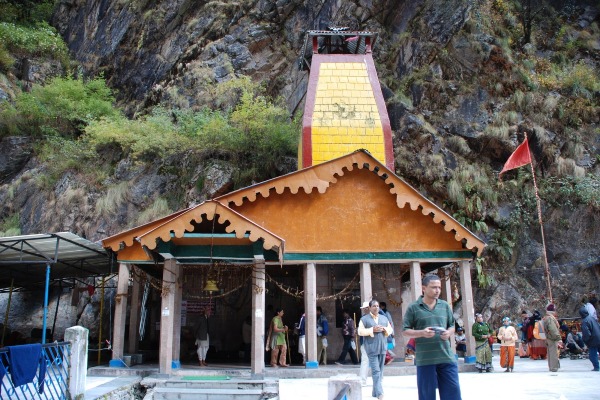
We proceed to Gangotri (3048 mts), enroute we enjoy picturesque Harsil village, Bhagirathi River and the most magnificent view of the Himalayas. After Gangotri Darshan we return t o Uttarkashi. Overnight stay a t Uttarkashi. Gangotri Temple: The temple, constructed by the Gorkha General Amar Singh Thapa in the 18th Century, is situated on the right bank of Bhagirathi. Submerged Shivling: Submerged in the river, this natural rock Shivling is the place where, according to mythology Lord Shiva sat when he received the Ganga in his matted lock. It is visible in winter months when water level decreases. Kedar Ganga Sangam: Around 100 Yards from the Ganga Temple flows the river Kedar Ganga. Starting from the Kedar Valle, this river meets the Bhagirathi on its left bank.
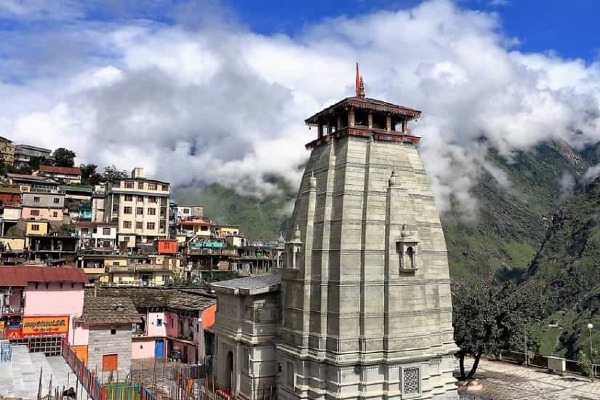
Drive straight to Guptkashi via Moolgarh & Lambgoan. Enroute you can see the beautiful river Mandakini at Tilwara. The Mandakiniriver comes from Kedarnath, Drive alongside the river to reach Guptkashi. On arrival Check In at the Hotel, Evening visit Ardh Narishwar Temple. Overnight stay at the Hotel. The name Guptkashi means "Hidden Benares. Mythology describes how when the Pandava brothers were searching for a glimpse of Shiva, Shivji first concealed himself at Guptkashi, but later fled from them further up the valley to Kedarnath, where the Pandavas finally got their wish fulfilled. There are more tangible connections as wellthe Kedarnath pandas (hereditary pilgrimage priests) live in Guptkashi during the winter months, and after the Kedarnath temple closes for the winter, the image of Kedarnath passes through Guptkashi on its way to Ukhimath (across the valley), where it stays for the winter. (Weather - Generally pleasant in summer, the temperature ranges from 25-30 degree Celsius.Cold in winters)
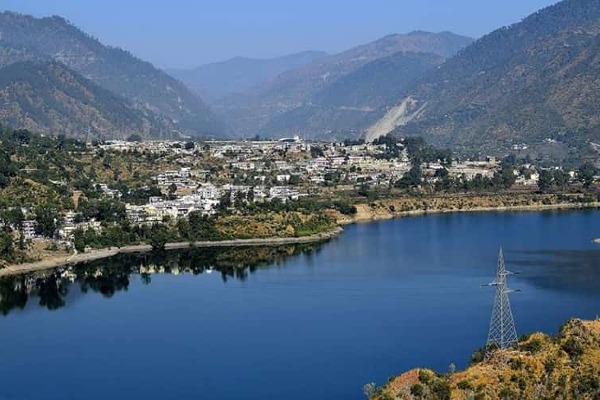
Early morning post breakfast drive to helipad time as per allotted slots for Boarding formalities, fly to Kedarnath, reach and visit Kedarnath Temple After darshan back to Kedarnath helipad and fly back to Fata Guptkashiand transfer to Hotel, if time permits one can visit Ardh Narishwar temple at Guptkashi and Night halt
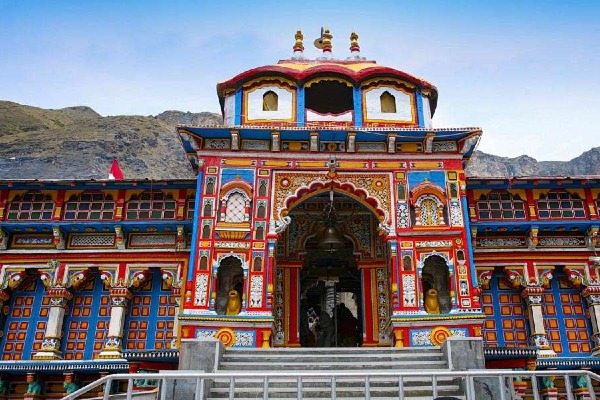
Drive to Badrinath via Joshimath. Check in Hotel. Later at evening visit Badrinath Temple for Aarti. Overnight stay. Badrinath one of the 'Four Dhams' is one of the most celebrated pilgrimage spots of the country and is situated at an elevation of 3,133 meters, guarded on either side by the two mountain ranges known as Nar & Narayan with the towering Neelkanth Peak providing a splendid backdrop. This revered spot was once carpeted with wild berries. Thus the place got the name "Badri van", meaning "forest of berries". TaptKund: Natural thermal springs on the bank of the river Alaknanda, where it is customary to bathe before entering the Badrinath temple. NaradKund: A recess in the river, near TaptKund, forming a pool from where the Badrinath idol was recovered. BrahamaKapal: A flat platform on the bank of river Alaknanda. Hindus perform propitiating rites for their deceased ancestors. Sheshnetra: 1.5kms away is a boulder having an impression of the legendary serpent, better known as the Sheshnag's eye. Charanpaduka: 3kms away is a beautiful meadow where the footprint of Lord Vishnu is seen on a boulder. Mata Murty Temple: Devoted to the mother of Sri Badrinath ji. Other important temples include Sheshnetra Temple, Urvashi Temple and Charanpaduka. Mana Village: Inhabited by an Indo-Mongolian tribe, it is the last Indian village before Tibet. Vasundhara: As the name suggests, Vasundhara is a magnificent water fall. This place is 5 kms. From Badrinath out of which 2 kms. Is motorable upto Mana. BhimPul: On the other side of Mana village, a massive rock forming a natural bridge, lies over the roaring Saraswati river. It presents a spectacular view of water thundering down through the narrow passage under the rock and is believed to have been placed there by Bhim, the second eldest among the five Pandava brothers. VyasGufa (cave) : Near Mana Village, this is a rock-cave where VedVyas is believed to have composed the Mahabharata and the pauranic commentaries.
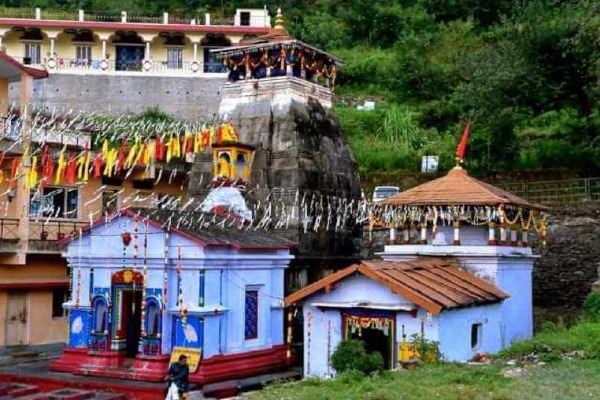
Early morning, pilgrims after having a bath in the TaptKund have the Darshan of Badrivishal. BrahamaKapal is significant for Pinddan Shraddh of ancestors (Pitrus). There are other interesting sightseeing spot like Mana, VyasGufa, Maatamoorti, Charanpaduka, Bhim kund and the "Mukh" of the Saraswati River. Just within the three kms of Badrinathjee. Laterdrive back to Pipalkoti / Rudraprayag / Kirtinagar via Joshimath. Check in Hotel. Overnight stay. Joshimath is situated on the slopes above the confluence of the rivers Alaknanda and Dhauliganga. Of the four 'Maths' established by AdiShankaracharya, Joshimath is the winter seat of Badrinath. The idol is brought down to Joshimath and installed in the temple for people to worship. There are many other temples in the township. The most important is the temple of Nir Singh with the idol of Lord Vishnu. The leG arm of this deity is getting destroyed with time and the popular belief holds that the day the arm completely withers Badrinath valley will cease to exist and the Gods will transfer the residence into the neighboring Niti Valley at BhavishyaBadri.
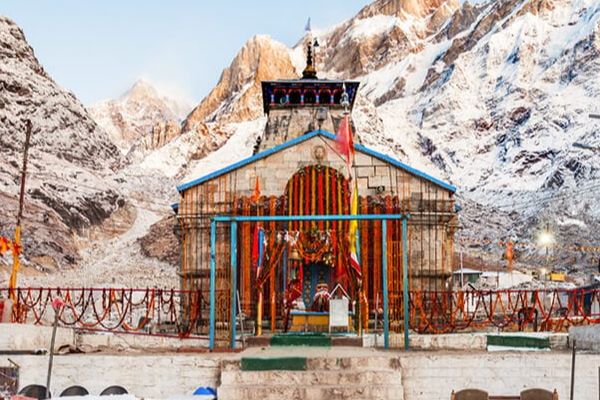
Drive to Rishikesh, the 'place of sages' is a celebrated spiritual town on the bank of Ganga And is surrounded by Shivalik range of the Himalayas on three sides. It is said that when Raibhya Rishi did hard penances, God appeared by the name of Hrishikesh and this area hence first came to be known as Rishikesh. Visit Rishikesh Laxman Jhoola, Ram Jhoola, Bharat Mata Mandir and evening drop at Haridwar Railway station.
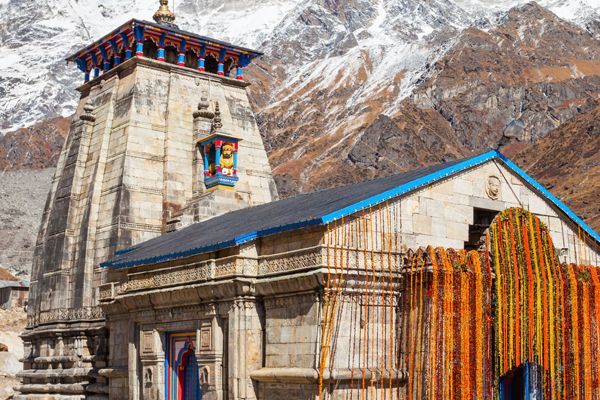
Copyrights © 2025 Pragya Tours n Travels | Developed By Katsam Soft